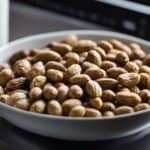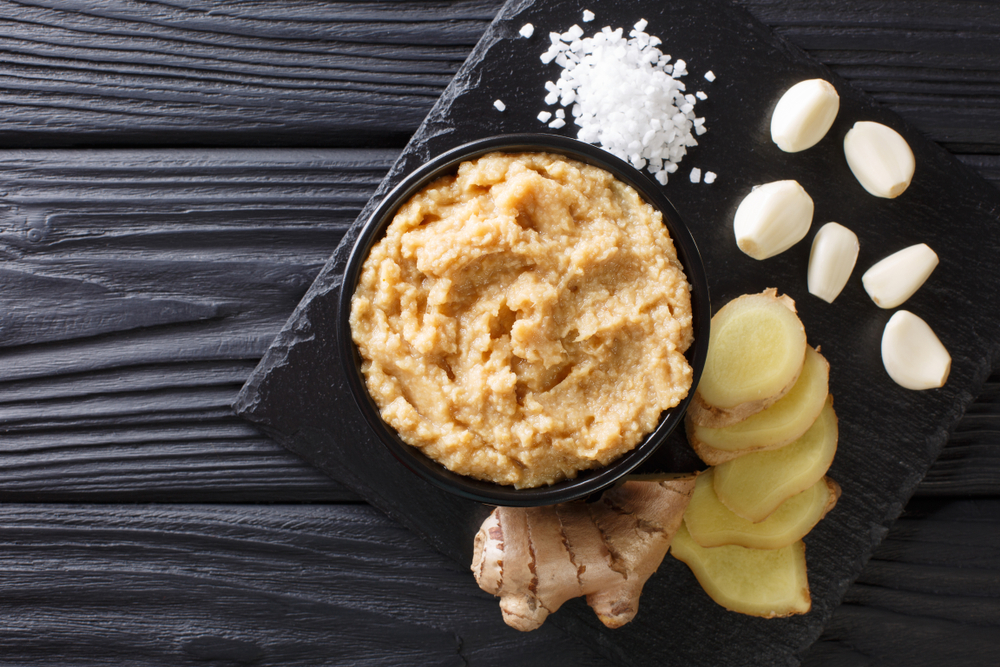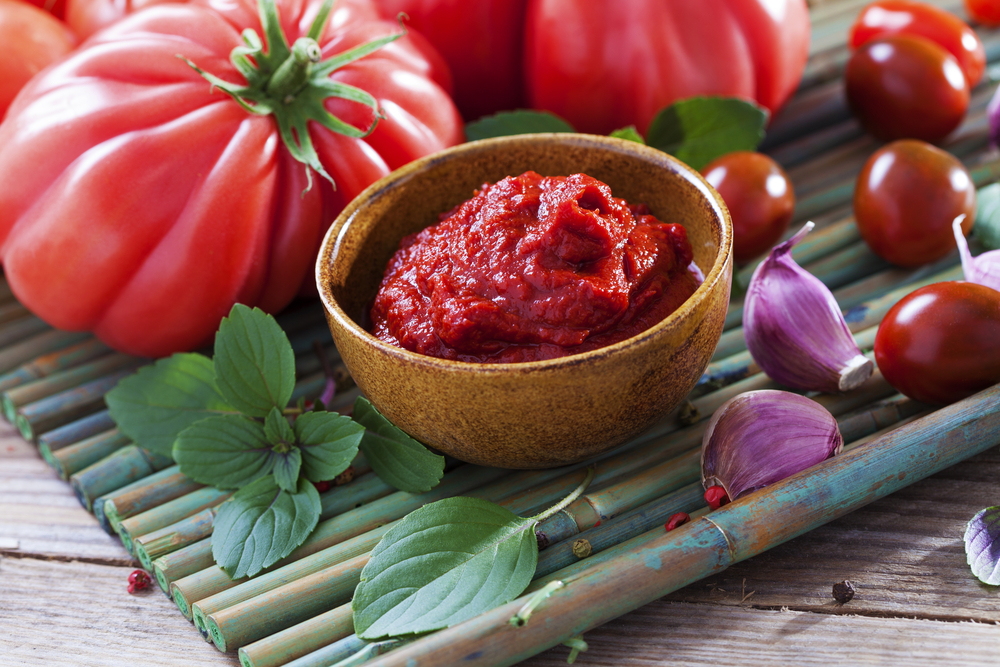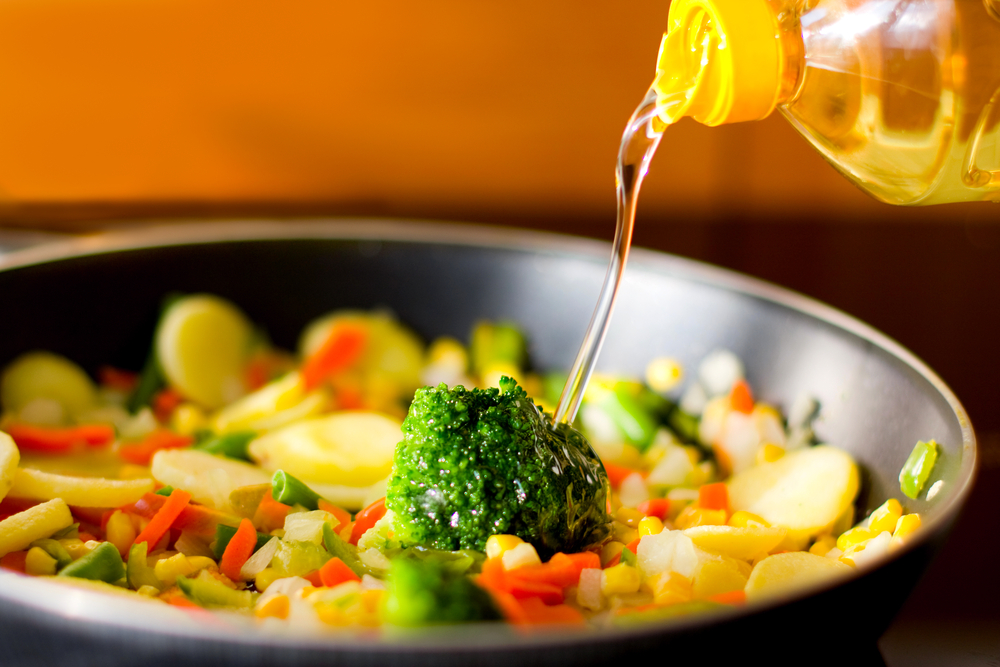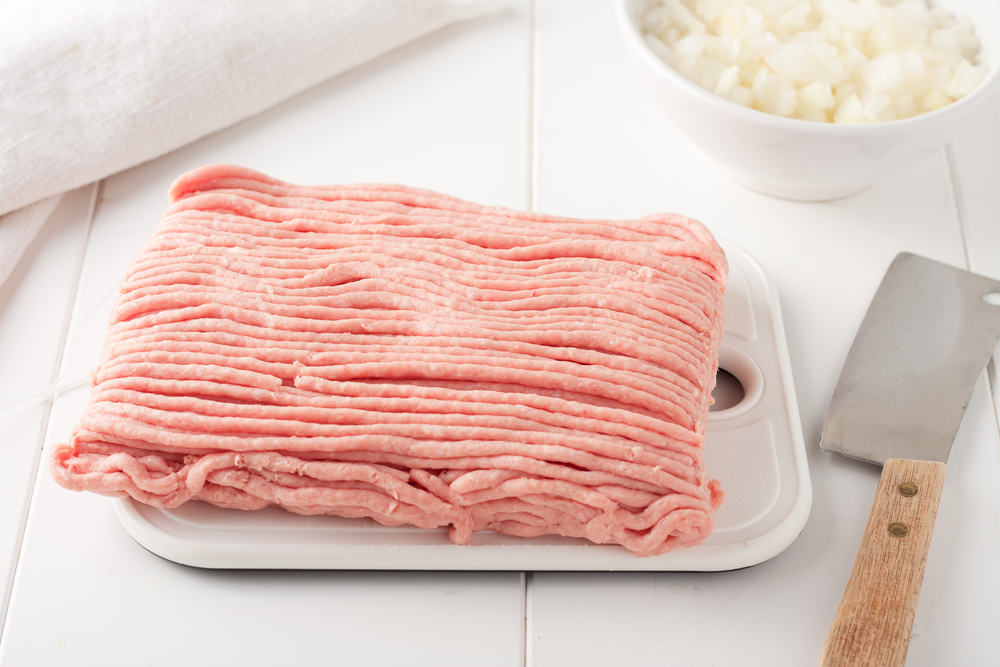Melting peanut butter is a common technique used in many recipes, from baked goods to savory dishes. It can be a tricky process, as peanut butter can quickly become a sticky mess if not melted properly. However, with the right tools and techniques, melting peanut butter can be a breeze.
To start, it’s important to understand the basics of melting peanut butter. Peanut butter is made from roasted peanuts that have been ground into a paste.
It contains natural oils that can separate from the solids when heated, so it’s important to stir it frequently to achieve a smooth, even consistency. Additionally, adding liquids can help achieve the desired consistency and texture.
When it comes to choosing your tools, there are a few options. The most common methods are melting peanut butter in the microwave or on the stovetop. Each method has its pros and cons, and it’s important to choose the one that works best for your recipe.
With a bit of practice and patience, melting peanut butter can be a simple and rewarding process.
Key Takeaways
- Understanding the basics of melting peanut butter is crucial for achieving a smooth, even consistency.
- Choosing the right tools, such as the microwave or stovetop, can make the melting process easier and more efficient.
- Adding liquids to melted peanut butter can help achieve the desired consistency and texture.
Understanding the Basics of Melting Peanut Butter
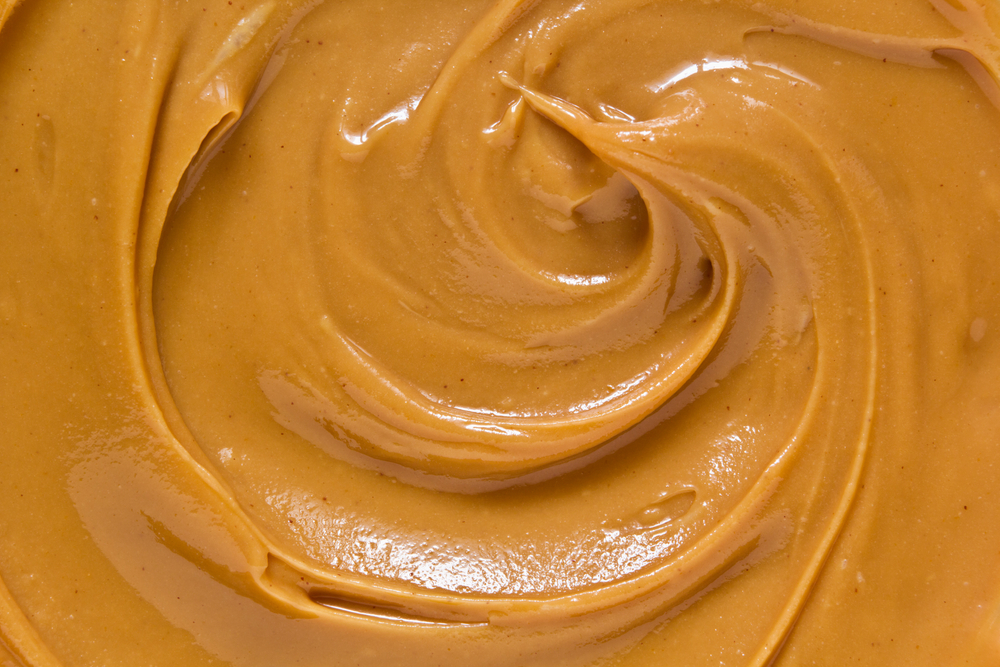
Melted peanut butter is a versatile ingredient that can be used in a variety of recipes, such as sauces, dips, and desserts. Knowing how to melt peanut butter is essential to achieve the desired consistency and texture. In this section, we will explore the basics of melting peanut butter.
Types of Peanut Butter
Before melting peanut butter, it is important to know the type of peanut butter you are working with. There are two main types of peanut butter: creamy and chunky. Creamy peanut butter has a smooth and uniform texture, while chunky peanut butter has visible pieces of peanuts.
Both types of peanut butter can be melted, but creamy peanut butter is easier to melt due to its smooth texture.
Methods of Melting Peanut Butter
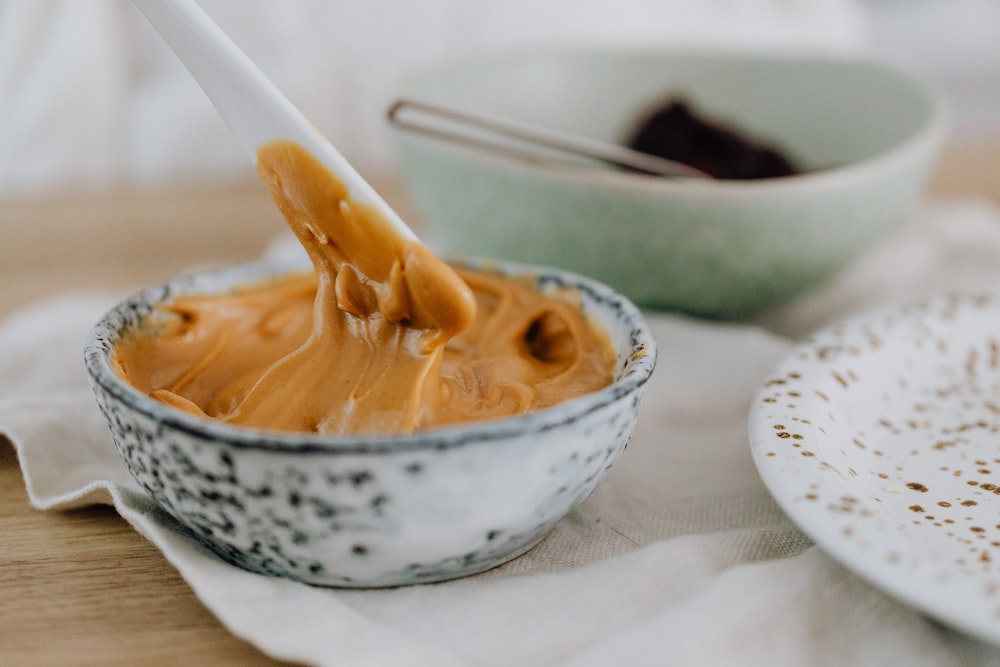
There are several methods to melt peanut butter, and each method has its own pros and cons. Here are some of the most common methods:
- Microwave: This is the quickest and easiest method to melt peanut butter. Simply place the peanut butter in a microwave-safe bowl and heat it in 30-second intervals, stirring in between, until it reaches the desired consistency.
- Stovetop: This method involves melting the peanut butter on low heat in a saucepan or small pan. This method requires more attention and stirring to prevent burning.
- Double Boiler: This method involves melting the peanut butter in a heatproof bowl set over a pot of simmering water. This method is slower but ensures that the peanut butter is melted evenly without burning.
- Oven: This method involves placing the peanut butter in an oven-safe dish and heating it in the oven at a low temperature until it melts.
Achieving the Desired Consistency
The consistency of melted peanut butter can vary depending on the method used and the amount of heat applied. To achieve a smooth and creamy consistency, it is important to stir the peanut butter frequently and avoid overheating it. Overheating can cause the peanut butter to become grainy and separate.
Conclusion
In conclusion, melting peanut butter is a simple process that requires attention and care to achieve the desired consistency and texture. By understanding the types of peanut butter and the various methods of melting, you can easily incorporate melted peanut butter into your favorite recipes.
Choosing Your Tools
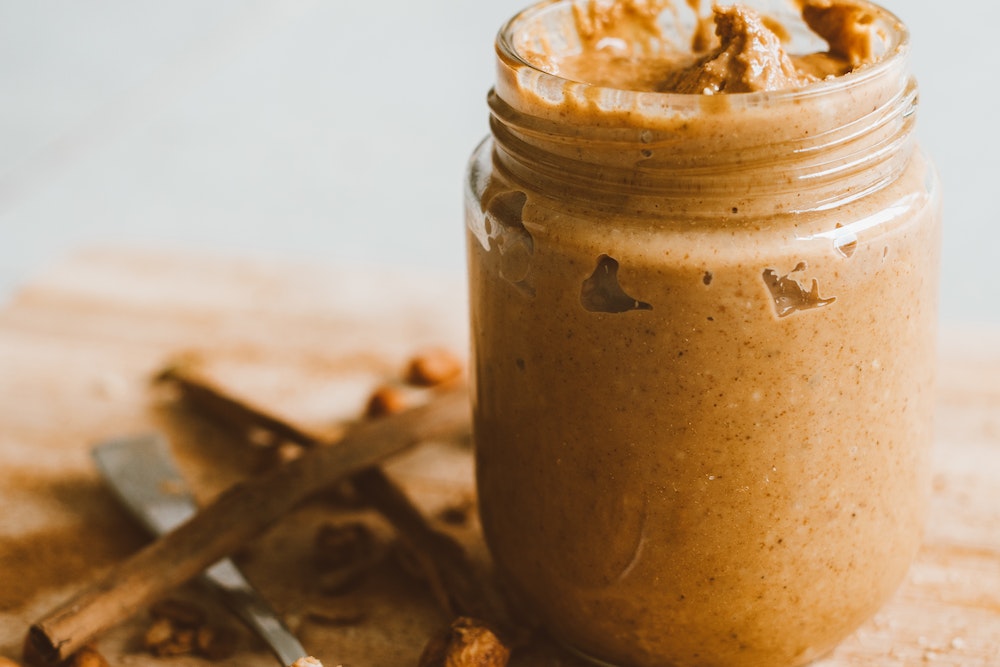
When it comes to melting peanut butter, there are several methods to choose from. Each method requires different tools and utensils. Here are some options to consider:
Microwave Method
The microwave method is one of the quickest and easiest ways to melt peanut butter. To use this method, you will need a microwave-safe bowl and a microwave.
Simply scoop the desired amount of peanut butter into the bowl and microwave it for 30-second intervals, stirring in between until the peanut butter is smooth and melted. You may also cover the bowl with a microwave-safe lid to prevent splatters.
Stovetop Method
The stovetop method is another popular way to melt peanut butter. To use this method, you will need a saucepan and a stove. Pour the desired amount of peanut butter into the saucepan and heat it over low heat, stirring constantly until it is smooth and melted.
Be sure to use a long spoon or ladle to stir the peanut butter and prevent sticking or burning. You may also use a non-stick pan to prevent sticking.
Blender or Food Processor Method
The blender or food processor method is a great option for larger quantities of peanut butter. Simply add the desired amount of peanut butter to the blender or food processor and blend until it is smooth and melted. Be sure to use a measuring cup to accurately measure the amount of peanut butter needed.
You may also need to scrape down the sides of the blender or food processor to ensure all the peanut butter is melted.
Choosing the Right Utensils
Choosing the right utensils is important when melting peanut butter. For the microwave method, be sure to use a microwave-safe bowl and lid. For the stovetop method, use a saucepan and a long spoon or ladle to stir the peanut butter.
For the blender or food processor method, use a blender or food processor and a measuring cup to accurately measure the peanut butter.
Preventing Stickiness and Burning
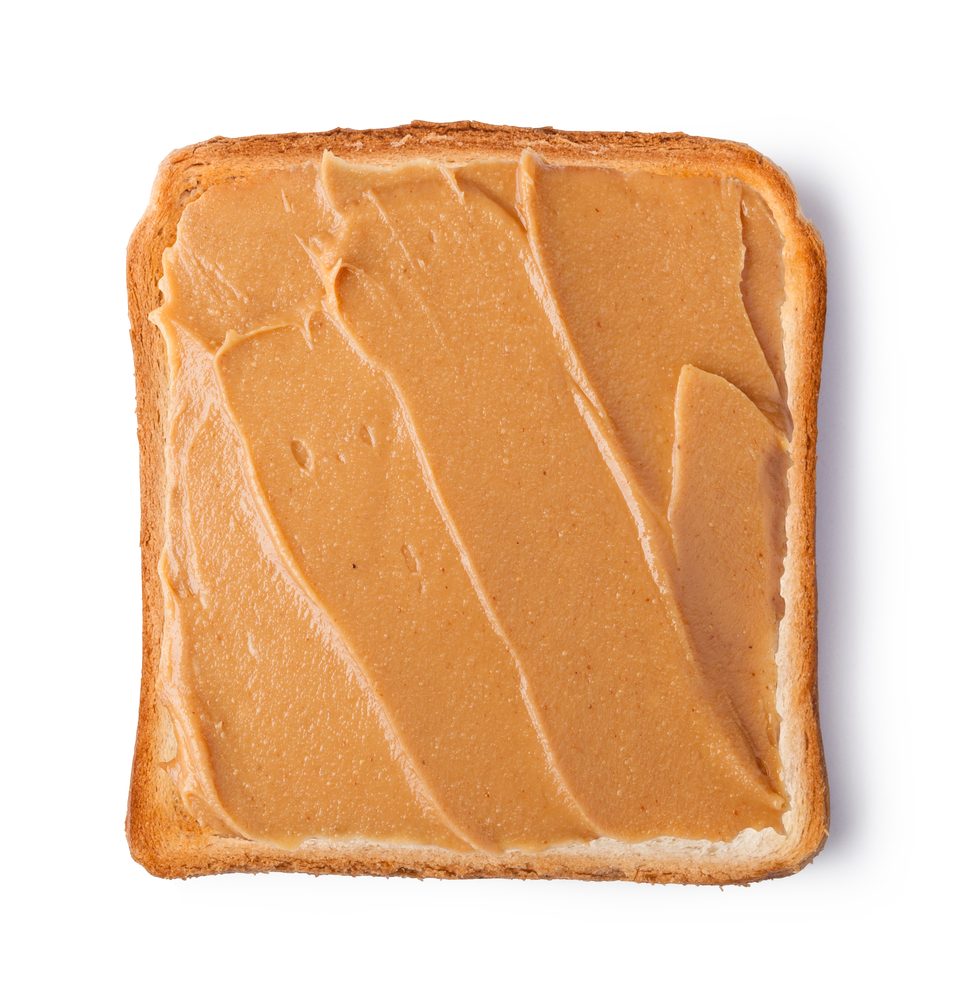
To prevent stickiness and burning, be sure to stir the peanut butter constantly, regardless of the method used. For the stovetop method, use low heat to prevent burning and sticking.
For the microwave method, use 30-second intervals to prevent burning and stir in between. For the blender or food processor method, scrape down the sides to ensure all the peanut butter is melted and smooth.
Overall, choosing the right tools and utensils is crucial when melting peanut butter. By following these tips, anyone can melt peanut butter like a pro.
Adding Liquids to Achieve Desired Consistency
Sometimes, peanut butter can be too thick or dry for certain recipes. In these cases, adding liquids can help achieve the desired consistency. There are several liquids that can be used, depending on the recipe and personal preference.
Water
Adding water to peanut butter can help thin it out and make it easier to spread. However, it can also dilute the flavor and make the peanut butter less creamy. It is important to add water slowly and mix well to avoid making the peanut butter too runny.
Milk
Milk can be used instead of water to add creaminess to the peanut butter. It can also help balance out the saltiness of the peanut butter. Whole milk or cream will provide the most richness, while skim milk can be used for a lighter option.
Oil
Adding oil to peanut butter can help make it smoother and creamier. Peanut oil is a good choice because it has a similar flavor to peanut butter. Other neutral oils, such as vegetable or canola oil, can also be used. It is important to add oil slowly and mix well to avoid making the peanut butter too oily.
Ladling in Liquid
For recipes that require a large amount of peanut butter, such as sauces or dips, it may be necessary to add liquid gradually while stirring continuously. This method ensures that the peanut butter is evenly mixed with the liquid and prevents clumping.
In summary, adding liquids to peanut butter can help achieve the desired consistency for various recipes. Water can thin it out, milk can add creaminess, oil can make it smoother, and ladling in liquid can ensure even mixing. It is important to add liquids slowly and mix well to avoid making the peanut butter too runny or oily.
Incorporating Melted Peanut Butter in Recipes
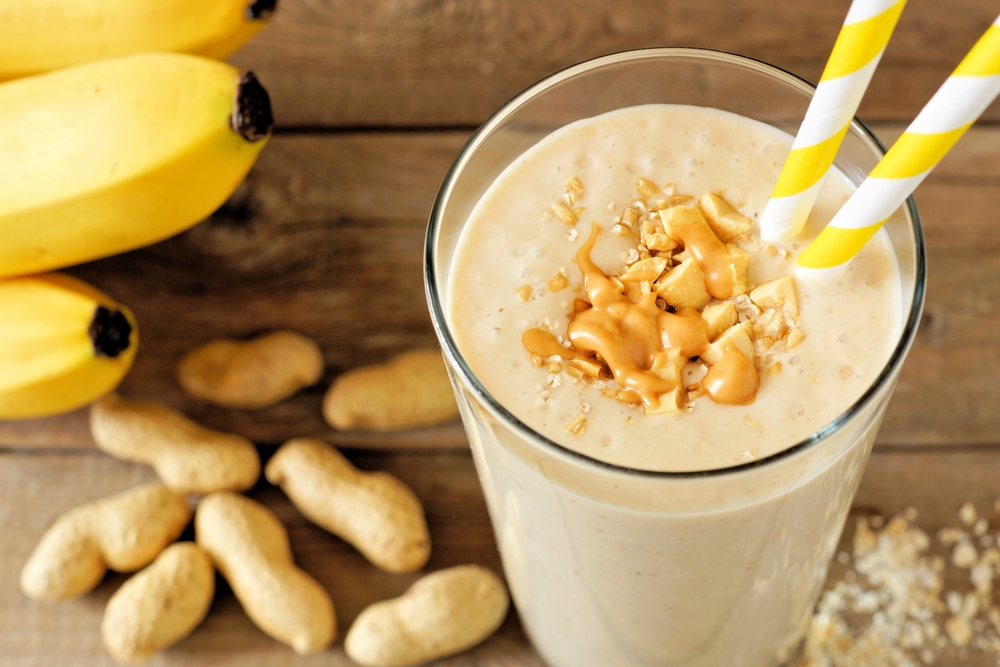
Melted peanut butter is a versatile ingredient that can be used in a variety of recipes. Whether you are looking to add a nutty flavor to your sweet treats, savory dishes, or snacks, melted peanut butter can be a great addition to your recipes.
Here are some ideas for incorporating melted peanut butter into your cooking:
Sweet Recipes
Melted peanut butter can be used to add a rich, nutty flavor to a variety of sweet recipes. Here are a few ideas:
- Drizzle melted peanut butter over ice cream or vegan ice cream for a decadent treat.
- Use melted peanut butter in brownies or marbled brownies for a delicious twist on a classic dessert.
- Add melted peanut butter to fudge for a nutty flavor.
- Blend melted peanut butter into a smoothie or protein shake for added protein and flavor.
- Use melted peanut butter as a topping for banana pancakes for a delicious breakfast treat.
Savory Recipes
Melted peanut butter can also be used in savory dishes to add a nutty flavor. Here are a few ideas:
- Use melted peanut butter as a dip for vegetables or crackers.
- Add melted peanut butter to garlic rice for a flavorful side dish.
- Drizzle melted peanut butter over popcorn for a tasty snack.
Snacks and Quick Bites
Melted peanut butter can be used to create quick and easy snacks. Here are a few ideas:
- Dip apple slices or celery sticks in melted peanut butter for a healthy snack.
- Spread melted peanut butter on rice cakes or crackers for a quick and easy snack.
- Use melted peanut butter as a dip for pretzels or potato chips.
Incorporating melted peanut butter into your recipes is easy and can add a delicious nutty flavor to your dishes. Whether you are making sweet treats, savory dishes, or quick snacks, melted peanut butter can be a great addition to your cooking.
Storing Melted Peanut Butter
Once peanut butter has been melted, it is generally recommended to use it immediately. However, if there is any leftover, it can be stored for later use.
When storing melted peanut butter, it is important to keep in mind that it will solidify again as it cools down. Therefore, it is essential to store it in a container that can be easily reheated. Here are some tips on storing melted peanut butter:
- Room Temperature: If you plan to use the melted peanut butter within a few hours, you can store it at room temperature. Simply transfer it to an airtight container and keep it away from direct sunlight and heat sources.
- Refrigerator: If you have a large quantity of melted peanut butter that you won’t be using for a few days, you can store it in the refrigerator. Transfer it to an airtight container and let it cool down to room temperature before placing it in the fridge. When you’re ready to use it again, simply reheat it in the microwave or on the stove.
It is important to note that storing melted peanut butter for an extended period of time can affect its texture and flavor. The oil may separate from the solids, causing the peanut butter to become greasy or grainy. To avoid this, always store it in an airtight container and use it within a few days.
In summary, melted peanut butter should be used immediately if possible, but can be stored for later use if necessary. Keep in mind that it will solidify again as it cools down, so store it in a container that can be easily reheated.
If you plan to store it for a few days, refrigerate it in an airtight container and use it within a few days to avoid changes in texture and flavor.
Health Benefits of Peanut Butter

Peanut butter is a popular spread that is enjoyed by many people around the world. It is a good source of protein, healthy fats, and other essential nutrients that provide numerous health benefits. In this section, we will explore some of the health benefits of peanut butter.
Heart Health
Peanut butter contains monounsaturated and polyunsaturated fats, which are healthy fats that can help improve heart health. These fats can lower bad cholesterol levels (LDL) and reduce the risk of heart disease. Peanut butter is also a good source of potassium, which can help regulate blood pressure and reduce the risk of stroke.
Digestive System
Peanut butter is rich in fiber, which is essential for maintaining a healthy digestive system. Fiber helps promote bowel regularity and prevents constipation. Additionally, peanut butter contains healthy fats that can help reduce inflammation in the gut, which can improve digestion.
Cancer Prevention
Peanut butter contains vitamin E, which is an antioxidant that can help prevent cancer. Vitamin E helps neutralize free radicals in the body, which can damage cells and lead to cancer. Additionally, peanut butter contains other compounds that have been found to have anti-cancer properties.
Protein
Peanut butter is a good source of protein, which is essential for building and repairing tissues in the body. Protein also helps maintain muscle mass and can help with weight management. Two tablespoons of peanut butter contain about 7 grams of protein.
Other Health Benefits
In addition to the above-mentioned benefits, peanut butter also contains other essential nutrients such as magnesium, which is important for bone health, and folate, which is essential for fetal development during pregnancy.
Peanut butter also contains resveratrol, a compound that has been found to have anti-aging properties.
Overall, peanut butter is a healthy and delicious food that provides numerous health benefits. Incorporating peanut butter into a balanced diet can help improve heart health, promote digestive health, prevent cancer, and provide essential nutrients.
Related post: Best Cracker Meal Substitute
Frequently Asked Questions
What are some recipes that use melted peanut butter?
Melted peanut butter can be used in a variety of recipes, ranging from sweet to savory. Some popular recipes include peanut butter fudge, peanut butter cookies, peanut butter cups, and peanut butter sauce for ice cream.
What is the best way to melt peanut butter in a jar?
To melt peanut butter in a jar, remove the lid and place the jar in a pot of simmering water. Stir the peanut butter occasionally until it becomes soft and creamy.
How can I melt peanut butter for use in ice cream?
To melt peanut butter for use in ice cream, combine the peanut butter with a small amount of oil or cream in a microwave-safe bowl. Heat the mixture in the microwave in 30-second increments, stirring between each interval, until the peanut butter is melted and smooth.
Is there a trick to melting natural peanut butter?
Natural peanut butter can be more difficult to melt than regular peanut butter due to its thicker consistency. One trick is to add a small amount of oil or cream to the peanut butter before heating it, which will help it melt more easily.
What is the best method for melting peanut butter chips?
The best method for melting peanut butter chips is to use a double boiler. Place the chips in the top of the double boiler and heat over simmering water, stirring occasionally, until the chips are melted and smooth.
Can peanut butter be melted in a pan?
Yes, peanut butter can be melted in a pan. Simply place the peanut butter in a nonstick pan over low heat and stir constantly until it becomes soft and creamy. Be careful not to overheat the peanut butter, as it can burn easily.



